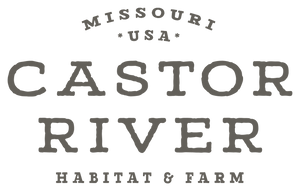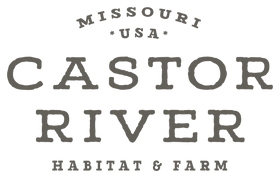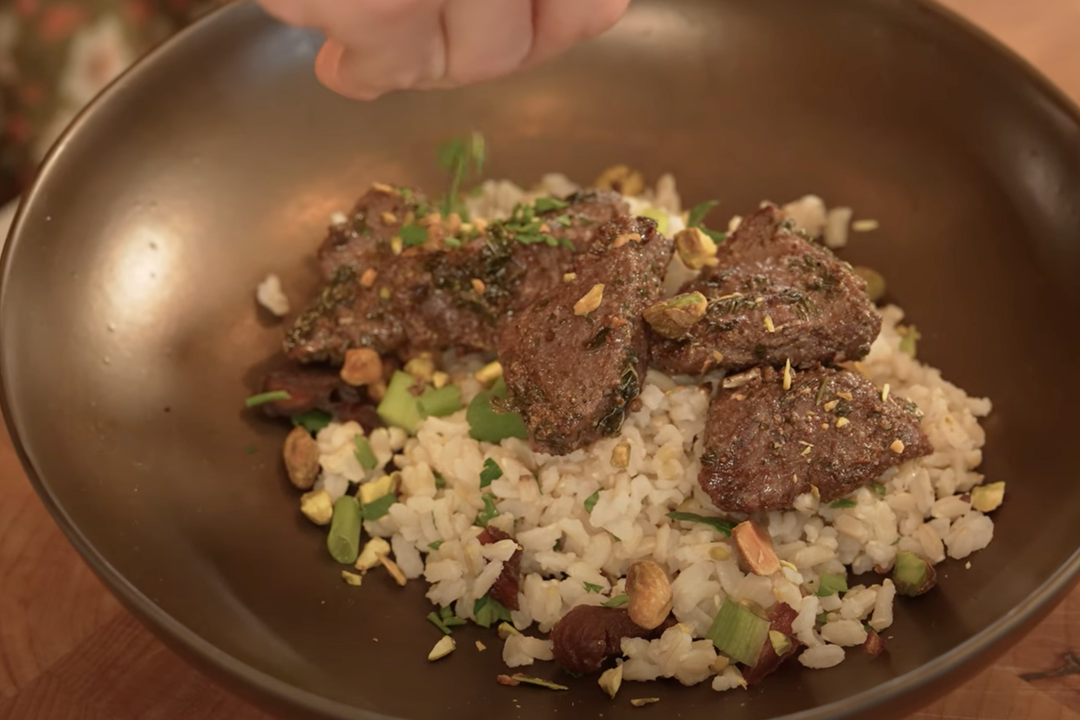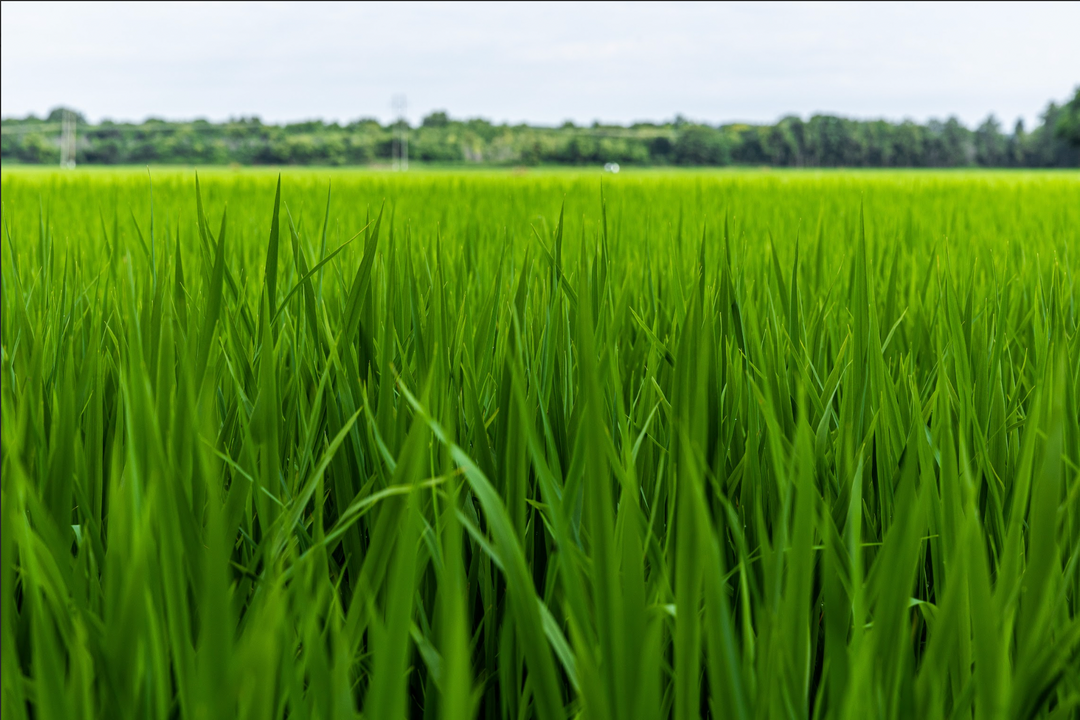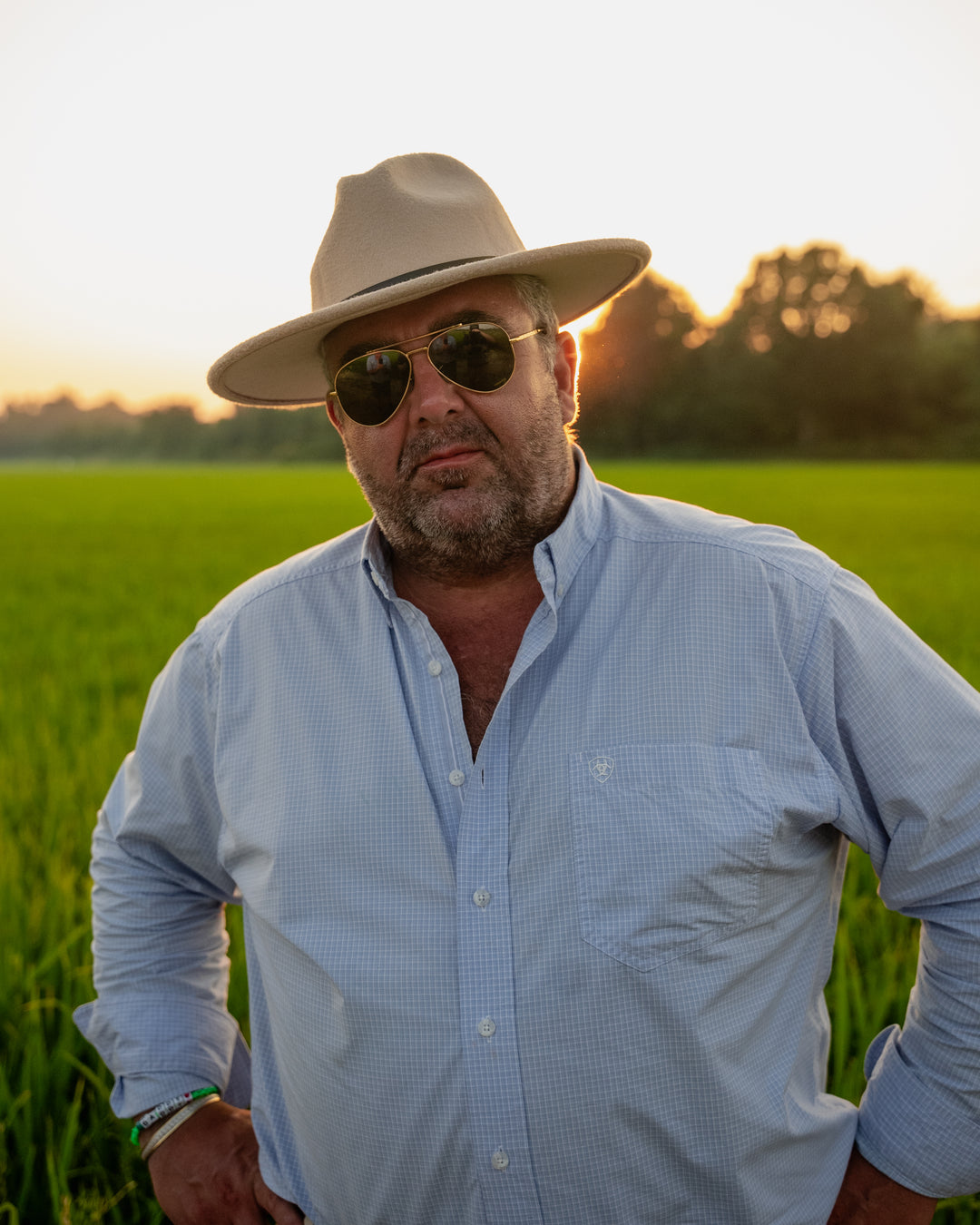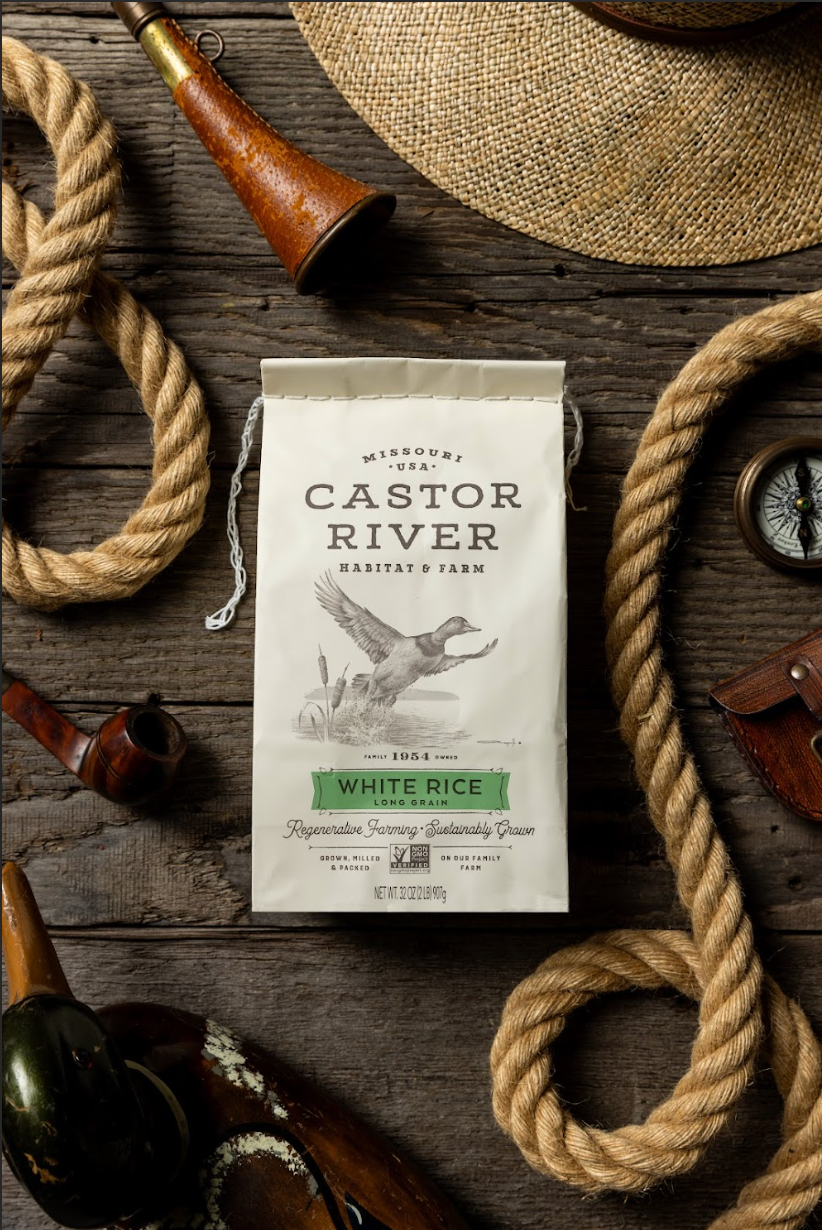How Regenerative Certifications Separate Talk from Action

These days, it’s easy to throw around words like “sustainable” and “regenerative.” They sound good on a label. They sell products. But what do they really mean?
For us at Castor River Habitat & Farm, we don’t believe in hollow promises. We believe in proof. That’s why we have Tier 3 Regenified certification—the highest level any rice farm has achieved today through Regenified’s platform.
It’s verification that we’re doing the work—rebuilding soil, cutting water waste, increasing biodiversity, and farming in a way that gives back more than it takes.
The truth is, we didn’t change our practices. We didn’t change our ways to earn the certification. We’ve always known our farming practices meet the highest standards. But we wanted the industry, and the folks that buy our rice, to have that same confidence.
So, what does being Regenified actually mean? And why does it matter? Let’s break it down.
Why Food Needs Accountability
The food industry is full of greenwashing— claiming sustainability without changing a thing.
-
Some slap “eco-friendly” on a package while still depleting the land.
-
Others cut one chemical but keep using five more.
-
A handful plant a cover crop on a few acres and call it regenerative.
That’s not how it works. Regenerative agriculture isn’t a trend—it’s a system. It’s a commitment to rebuilding land over generations.
Regenified certification is how we prove who’s actually doing the work. It holds farms and food companies accountable to a set of standards that separate real regeneration from marketing fluff.
Breaking Down the Regenified Tiers
Regenified’s 6-3-4™ Verification Standard is based on measurable results—soil health, biodiversity, carbon sequestration, and ecosystem function. It’s a step-by-step system that moves farms from intentions to action.
Tier 1: The Starting Point
Farms commit to regenerative practices and begin tracking soil health. Plans are in place, but results are still on the horizon.
Tier 2: Progress in Motion
-
20-40% of the farm is under regenerative management.
-
Practices like no-till, cover cropping, and biodiversity restoration are actively being implemented.
-
At this level, farms can start using the Regenified™ seal on their products.
Tier 3: Proven Commitment (Where Castor River Farms Stands Today)
-
40-60% of the farm is regenerative—no small feat in rice farming.
-
Soil health is improving, and the land is rebuilding itself naturally.
-
At Castor River, this means:
-
No tilling—keeping microbial life intact.
-
Cover crops across every acre—feeding the soil year-round.
-
Up to 60% less water use than conventional rice farms.
-
No fungicides or insecticides—letting beneficial organisms do their job.
-
Wildlife returning—proving that farming and nature can work together.
Tier 4: Scaling Regeneration
-
60-80% of the farm is fully regenerative.
-
Even stricter input reductions and increased biodiversity benchmarks.
Tier 5: Full Regeneration
-
80-100% of the farm is regenerative.
-
At this level, farms are not just sustaining the land—they’re actively improving it at scale.
Right now, no rice farm has reached Tier 4 or 5—and Castor River Farms is leading the way at Tier 3.
Why Regenified Certification Matters
A farm can say it’s regenerative all day long. But without independent verification, it’s just talk.
Regenified certification ensures:
-
Accountability—Every farm must prove its progress, year after year.
-
Transparency—Consumers know exactly what they’re supporting.
-
Regeneration that lasts—It’s not about doing less harm; it’s about improving the land for the future.
We’re not waiting for the industry to catch up. We’re setting the standard.
Beyond Regenerative
Farming should stand for something. It should be honest, accountable, and built to last. That’s how we've always done things, not because a certification told us to but because it’s the right way to farm.
For years, we’ve been working the land in a way that restores soil, conserves water, and welcomes back wildlife. We didn’t wait for the industry to decide that regenerative farming mattered, we were already doing the work. But words only go so far. At some point, you have to prove it.
It’s not about labels, it’s about showing that farming done right is measurable, transparent, and built for the long haul. Regenefied holds us to a high standard, one we were already meeting, and makes it clear that regenerative agriculture isn’t just a buzzword, it’s a commitment.
Other certifications out there - like Global GAP, Non-GMO Project Verified, are designed to validate different aspects of responsible farming. While our focus has always been on the land first, we recognize that certification gives consumers confidence in where their food comes from. It separates real progress from empty claims, giving people a way to trust that farms are doing what they say they’re doing.
Farming That Gives Back
Anyone can talk about sustainability. But regeneration is something you prove.
True regeneration means rebuilding the land, strengthening ecosystems, and ensuring that farming leaves the soil better than we found it. Regenified certification sets a clear standard for what that looks like, measuring real progress instead of vague promises
And at Castor River Farms, that’s exactly what we’re doing.
See how real regenerative farming happens.
